Cabbage Moth & Cabbage Butterfly Control in Your Garden
Cabbage Moth (Plutella xylostella - species, Plutellidae - family)
Cabbage White Butterfly (Pieris rapae - species, Pieridae - family)
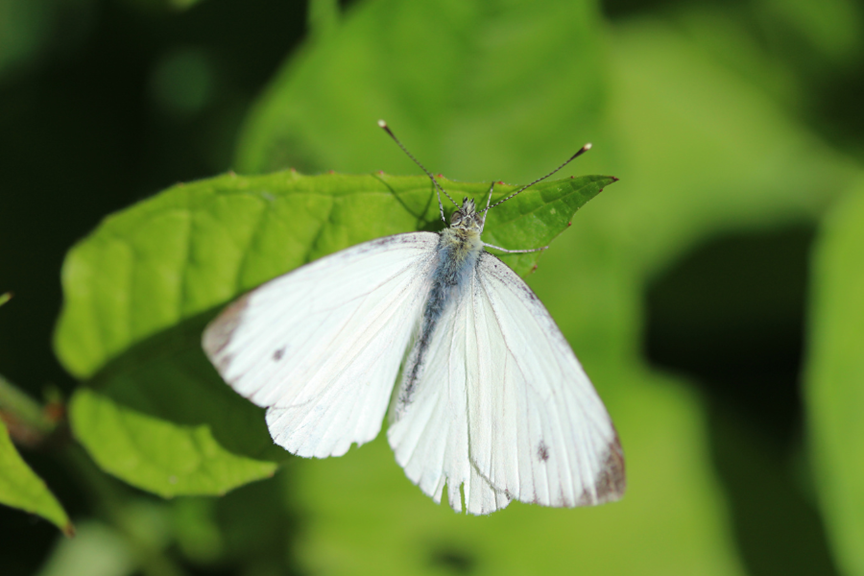
Cabbage Moth (Plutella xylostella - species, Plutellidae - family)
Cabbage White Butterfly (Pieris rapae - species, Pieridae - family)

Control of these Cabbage-destroying pests starts with keeping an eye on your plants, so that you can detect caterpillar damage early and take action if necessary. For example, you could watch for minor leaf damage in the veggie garden while you are watering.
For this to work you will need to know what to look for (see Symptoms of Cabbage Moth & Cabbage Butterfly Damage). If you find damage, you should have a closer look to see if you can find the culprits – therefore, caterpillars. To confirm that it is Cabbage Moth or Cabbage White Butterfly larvae causing the problem, you will need to know what they look like (see Description).
Prevention is always better than cure, and you are more likely to be able to achieve that if you are out and about in your garden regularly. There are several things that you can do to prevent serious damage from Cabbage Moth and Cabbage White Butterfly larvae (see How to Prevent Cabbage Moth & Cabbage Butterfly Appearing). Regular monitoring of your garden will ensure that a major infestation of pest caterpillars doesn't occur 'overnight'.
If treatment is required, try Yates Nature's Way Caterpillar Killer - Dipel. The product is based on naturally-occurring bacteria (Bacillus thuringiensis) that act as a stomach poison against Caterpillars. The product will only affect Caterpillars, so your 'good bugs' (ladybirds and bees) are safe. Follow the label directions and it will work against Cabbage Moth and Cabbage White Butterfly larvae in your garden.
Cabbage Moth (aka 'Diamondback Moth') and Cabbage White Butterfly are often confused with each other, but they are quite different insects. Cabbage Moth (Plutella xylostella) is a member of the moth family Plutellidae; the Cabbage White Butterfly (Pieris rapae) is from the butterfly family Pieridae.
However, the two insects do have several things in common. They are both introduced insects, and they are both major pests of plants in the family Brassicaceae (e.g., Broccoli and Cabbage). Both insects are found all over Australia wherever brassicas can be grown. It is not uncommon for both pests to occur on the same plants at this time. Luckily, the methods to control the two pests are very similar.

Adult Cabbage Moths (Plutella xylostella) are slender moths about 10 mm in length with a distinctive diamond pattern on their wings – hence there other common name 'Diamondback Moth'. Cabbage Moth eggs are pale yellow, oval, flattened eggs about 0.5 mm long.
Cabbage Moth larvae (Caterpillars) are pale when they first hatch from eggs, and later turn green and grow to about 12 mm in length. Cabbage Moth larvae characteristically curl into a horseshoe shape or drop and hang from a silken thread if disturbed. Cabbage Moth pupae are yellowish-brown about 8 mm long within an open weave cocoon.

Cabbage Moth females lay eggs either singly or in small clusters on stems and the undersides of brassica leaves. The eggs become darker and are almost orange just before hatching. Each moth can lay about 150 eggs over her lifetime. Hatching larvae disperse and begin feeding on leaves. Larvae pupate in open weave cocoons stuck to leaves, from which the next generation of adult moths emerge. The whole life cycle can be completed in as little as three weeks. There are many generations per year.
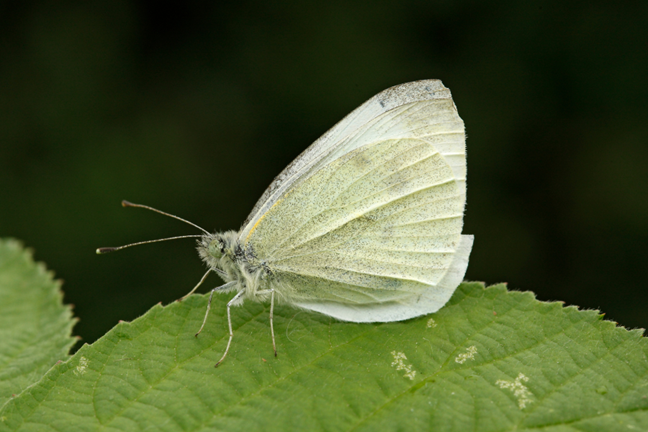
Cabbage White Butterflies (Pieris rapae) have a wingspan of about 45 mm, and wings are creamy white on the upper sides and pale yellowish underneath. Male butterflies have one black spot on the forewing and female butterflies have two. Eggs are pale yellow, spindle-shaped and about 1 mm long with distinct longitudinal ridges.
Cabbage White Butterfly larvae (caterpillars) grow to about 30 mm in length and are covered in fine short transparent hairs giving an overall velvety appearance. Larvae are green in colour, with faint yellow stripes down the back and along each side. Pupae are about 18 mm long, usually brownish or green, and held onto leaves by a silk girdle.

Cabbage White Butterfly eggs are laid singly, usually on the outer leaves of brassicas. Each moth may lay up to 400 eggs in her lifetime. There is a theory going around that says a female Cabbage White Butterfly won't lay her eggs on the same plant that another female butterfly has laid her eggs. Scientific research has proved this to be an urban myth. Larvae hatch from the eggs and initially feed on the underside of leaves, before moving to the upper surfaces as they grow larger. When fully grown they pupate on the plant but sometimes pupae may be attached to debris, fences or walls. In warm weather the life cycle can be completed in about four weeks. There are several generations per year.
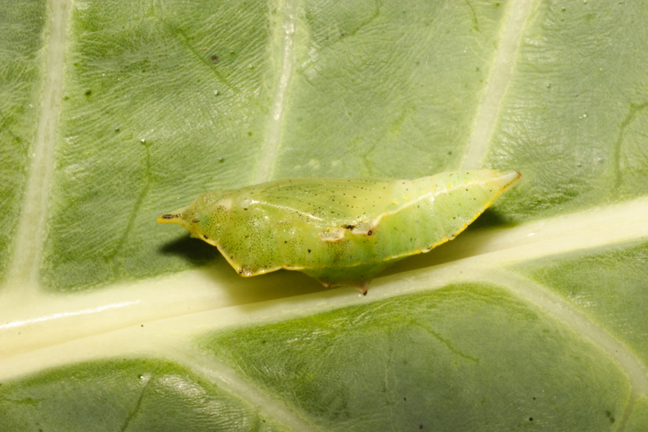
Plants in the Brassicaceae family including Broccoli, Cabbage, Cauliflower, Canola, Radishes and Turnips; ornamentals such as Stock, Alyssum and Nasturtium; and weeds including Wild Mustard, Wild Radish and Shepherd's Purse.
Cabbage White Butterfly larvae initially chew small holes in leaves, but as they grow larger the damage becomes worse. They chew irregular holes in outer leaves or heads of Broccoli and Cauliflower, leaving their green droppings (frass) behind. If there are many large Caterpillars on one plant the leaves will be stripped to the main vein.
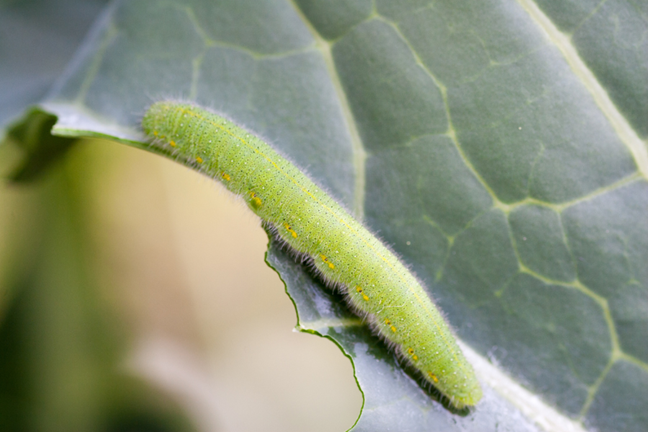
Cabbage Moth larvae feed on leaves as soon as they hatch and may also infest brassica heads. Severely damaged leaves are riddled with holes and vegetable heads are fouled with caterpillar droppings (frass).

Control of these Cabbage destroying pests starts with keeping an eye on your plants. That way you can detect Caterpillar damage early and take action quickly. Regular monitoring of your garden will ensure that a major infestation of pest Caterpillars doesn't occur 'overnight'.
Watch for Moths or Butterflies fluttering around your brassica plants. Cabbage White Butterflies are very obvious in the garden – as soon as you see them, take preventative action. Also look for small holes appearing in the leaves of your brassica plants.
Remove brassica weeds such as Wild Mustard, Wild Radish and Shepherd's Purse to minimise breeding sites. If hand removal is not practical, then spray weeds with Yates Zero Naturals Weed & Moss Killer.
Cover plants with a fine mesh net to prevent moths laying eggs on plants.
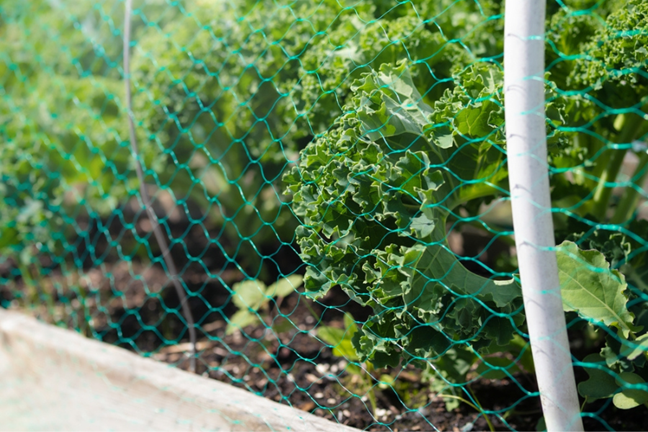
When harvesting veggies, remove or dig in any remnant plant material, otherwise Caterpillars might thrive in the leftovers.
Handpick larvae from plants where practical.
There are many introduced Parasitic Wasps which target either Cabbage Moth larvae or Cabbage White Butterfly larvae. These are usually quite effective in reducing the population of brassica-destroying larvae.
Lacewing larvae, damsel bugs, shield bugs and ladybird beetles feed on eggs and larvae of both pest species.
Yates Nature's Way Caterpillar Killer is based on naturally- occurring bacteria (Bacillus thuringiensis) that only affects Caterpillars and will not harm "good bugs" like ladybirds and bees.